Weird and wonderful monsters of the deep discovered at Dragon's Breath hydrothermal vents
Six new species discovered in vent chimneys 2.8km deep in the south-west Indian Ocean.
Six new species of sea creature have been discovered living on the floor of the Indian Ocean in a region known as Dragon's Breath. The weird-looking animals include deep sea versions of crabs, snails and worms.
Led by Jon Copley of the University of Southampton, the team looked at an area of seafloor 2.8km deep. They used a deep-diving remotely operated vehicle (ROV) to explore an area the size of a football stadium to find out what creatures were living there. Their findings showed at least six new species that have never before been seen.
These include a new type of hairy-chested 'Hoff' crab similar to those found at Antarctic vents. They were two species of snail, two types of deep-sea worm and a limpet. All bar one have never been formally described. The findings are published in Scientific Reports.
The spot where the expedition took place is about 2,000km southeast of Madagascar. It has been licenced for mineral exploration by the International Seabed Authority of the United Nations.
Hydrothermal vents – openings on the sea floor from which hot, mineral-rich water flows – are often teeming with life. On the seafloor at Dragon's Breath (or Longqui as it is officially called) lie these huge mineral spires known as vent chimneys. They are very attractive to miners as they are rich in copper and gold. However, they are also home to many different animals, which are nourished by the chimneys.
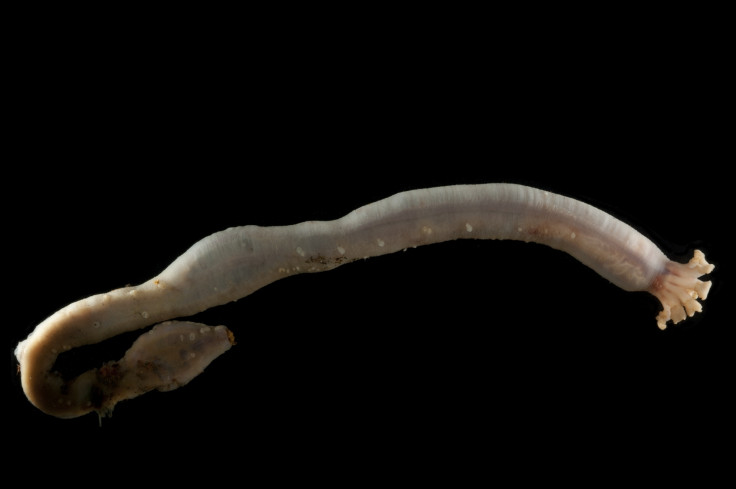
As of yet, no mining surveys have been carried out and it is very important researchers understand the ecosystems before it is fundamentally changed.
"We can be certain that the new species we've found also live elsewhere in the south-west Indian Ocean, as they will have migrated here from other sites, but at the moment no-one really knows where, or how well-connected their populations are with those at Longqi," said Dr Copley.
"Our results highlight the need to explore other hydrothermal vents in the southwest Indian Ocean and investigate the connectivity of their populations, before any impacts from mineral exploration activities and future deep-sea mining can be assessed."
Along with the six new species, the team also found other creatures that are found at hydrothermal vents thousands of kilometres away. "Finding these two species at Longqi shows that some vent animals may be more widely distribution across the oceans than we realised," Copley said.

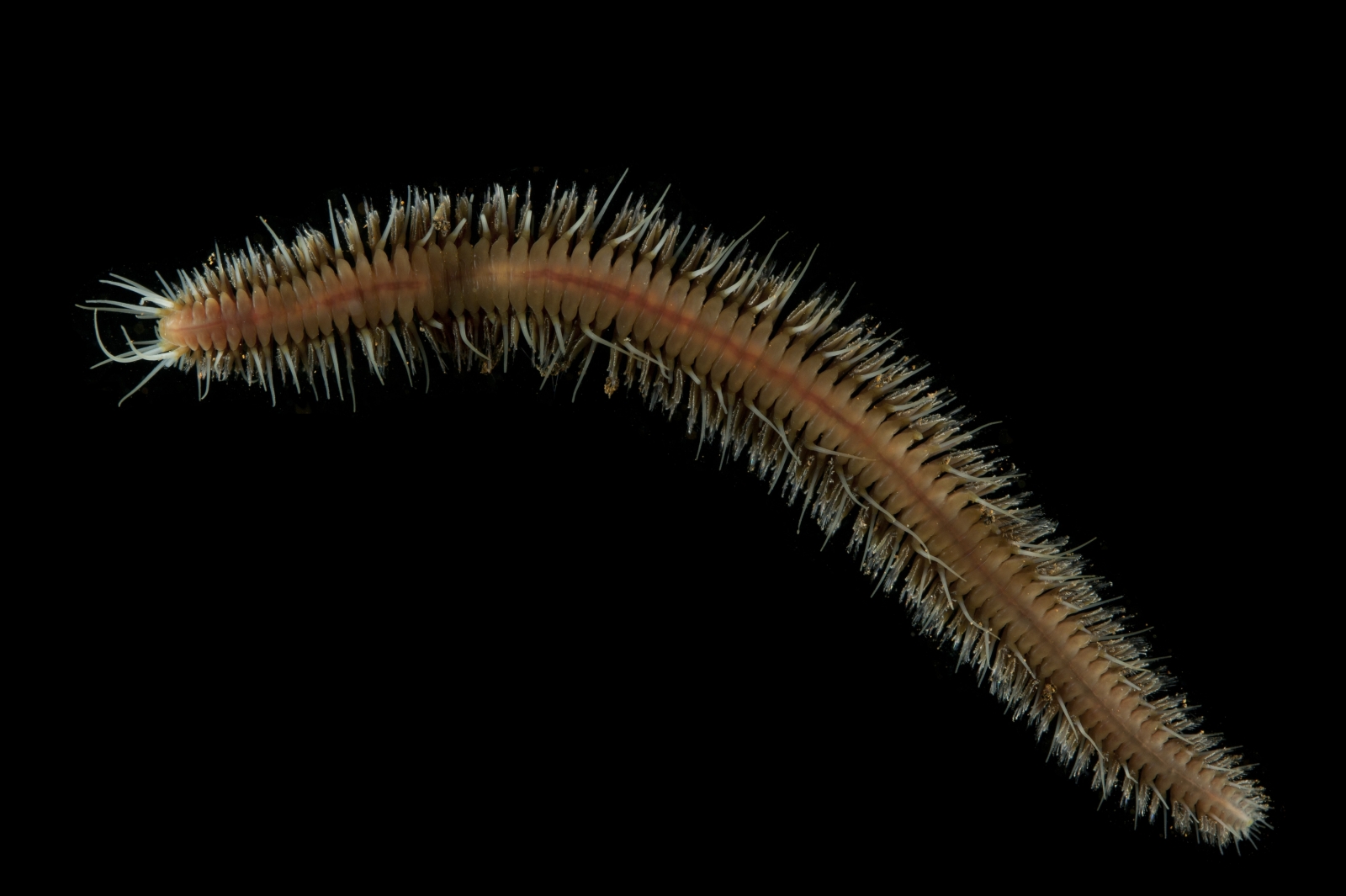
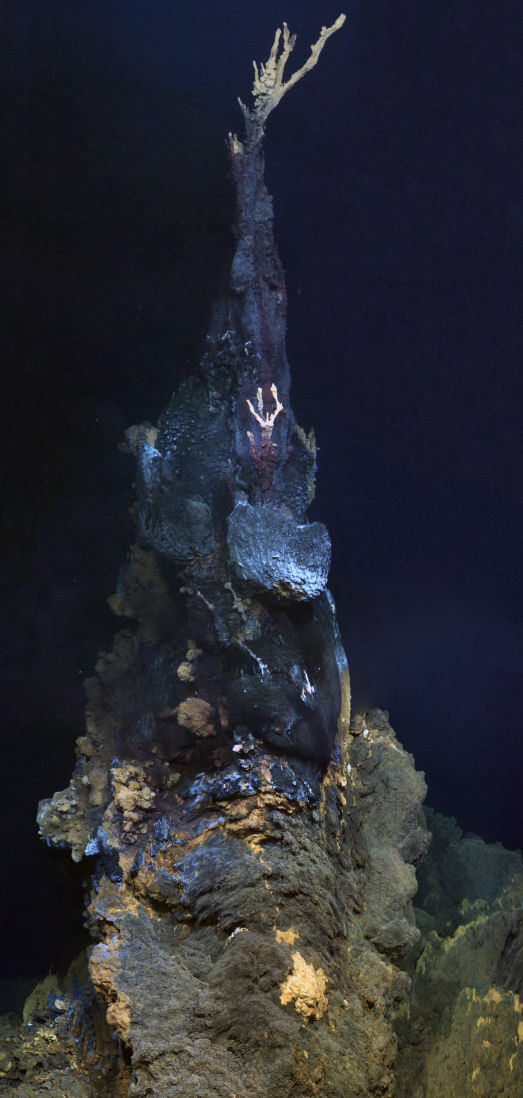
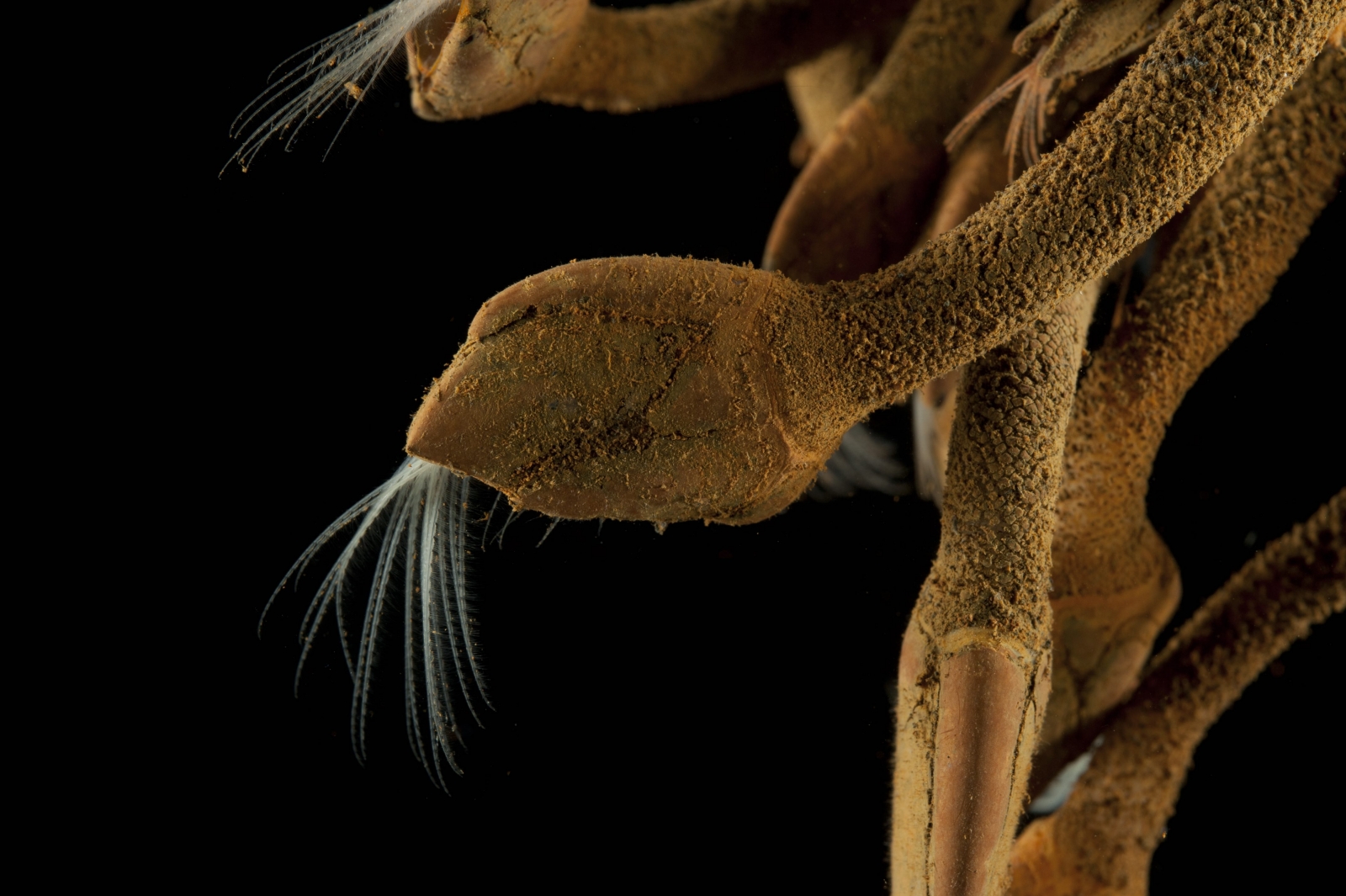

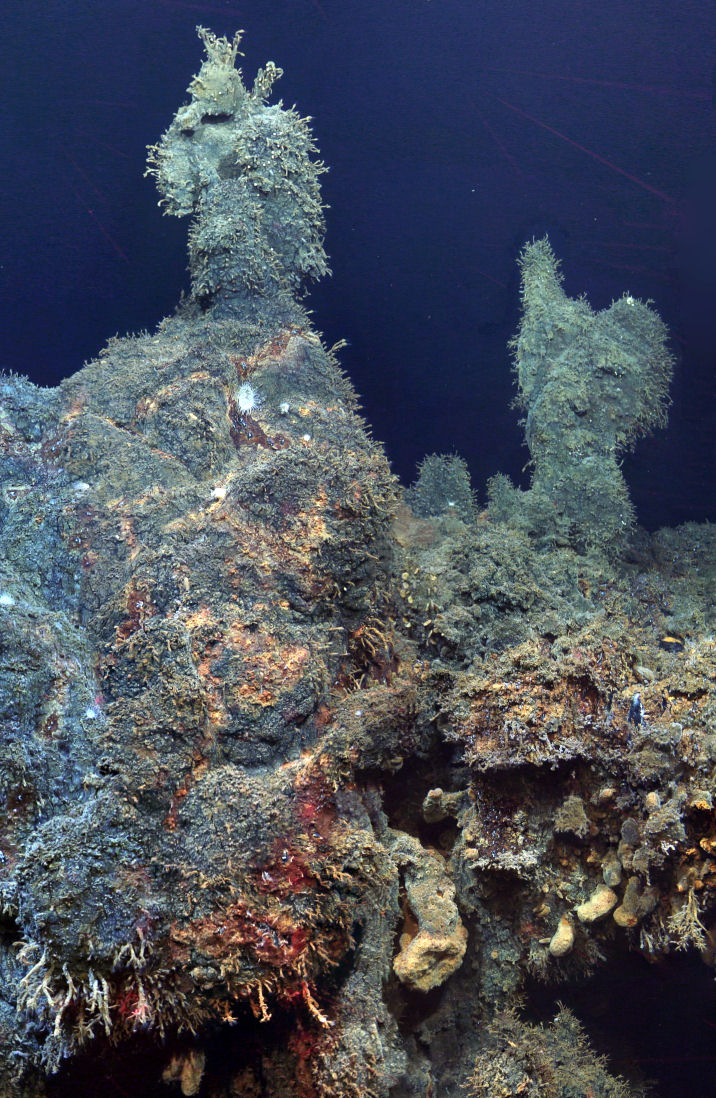

© Copyright IBTimes 2024. All rights reserved.






